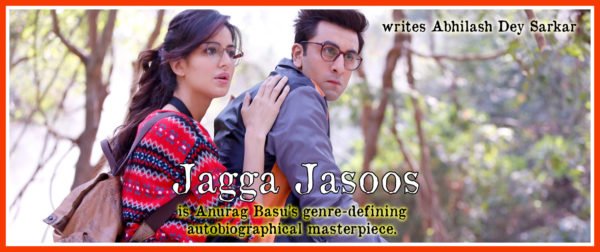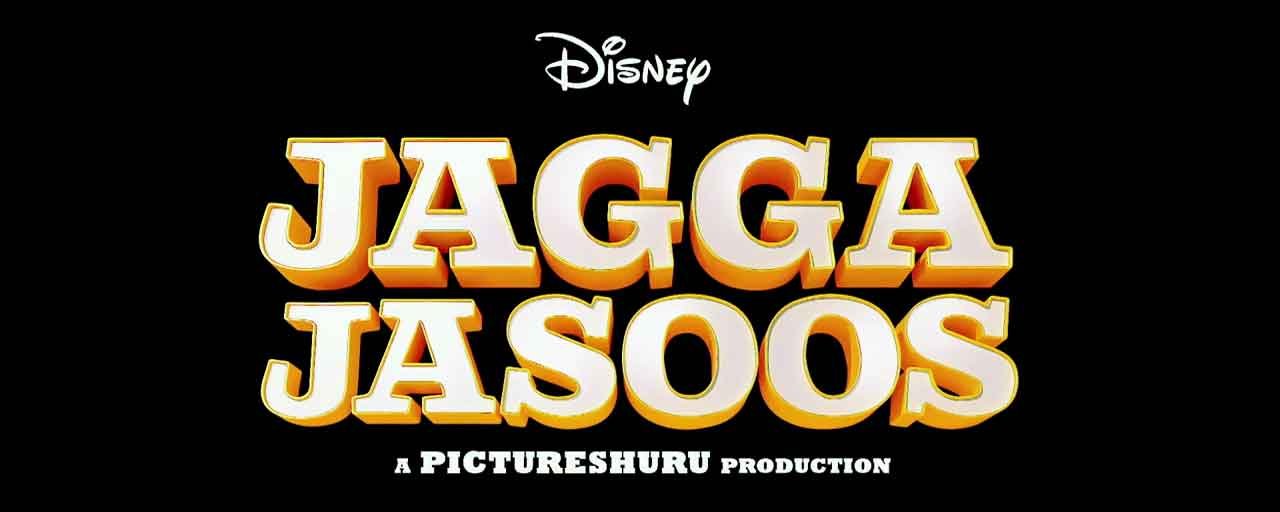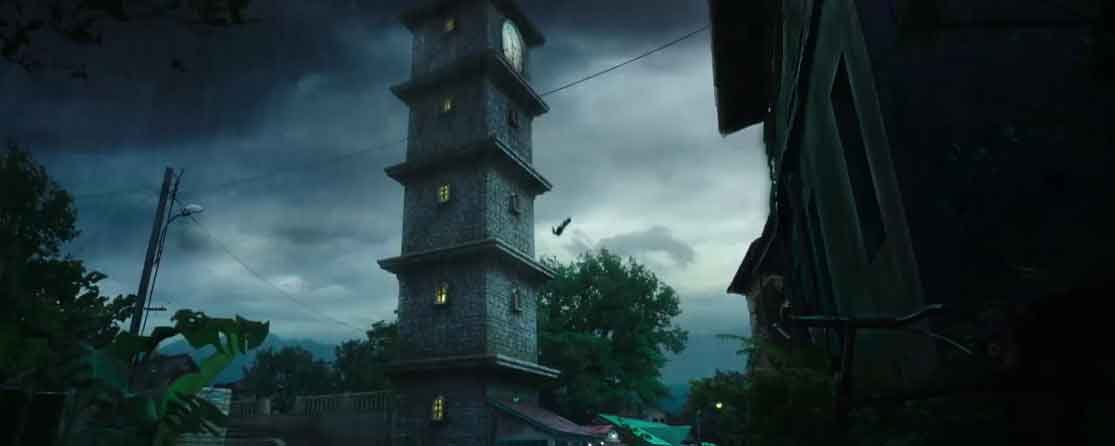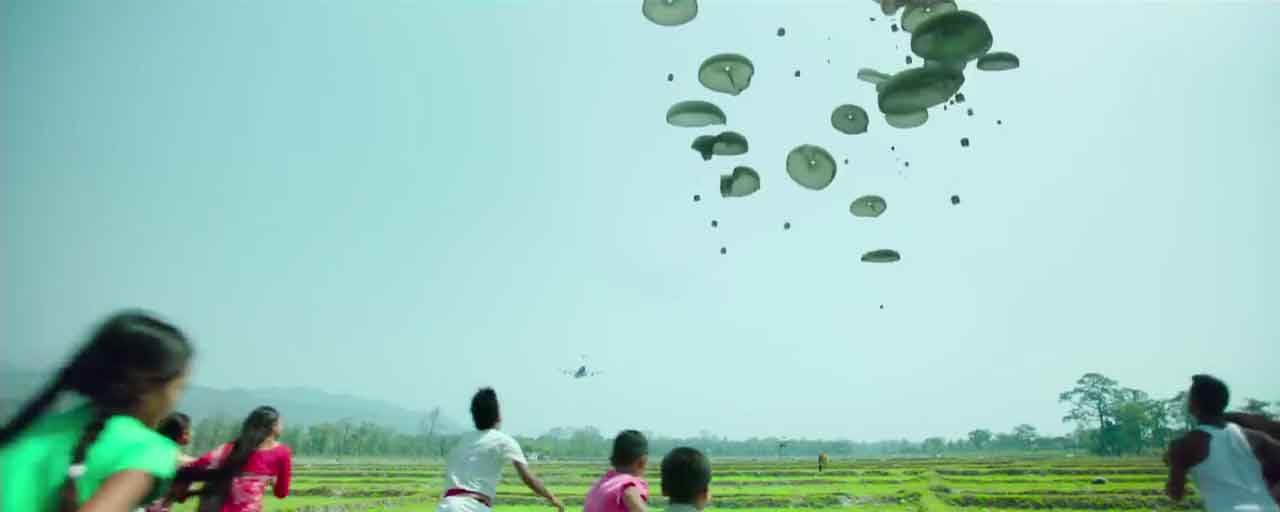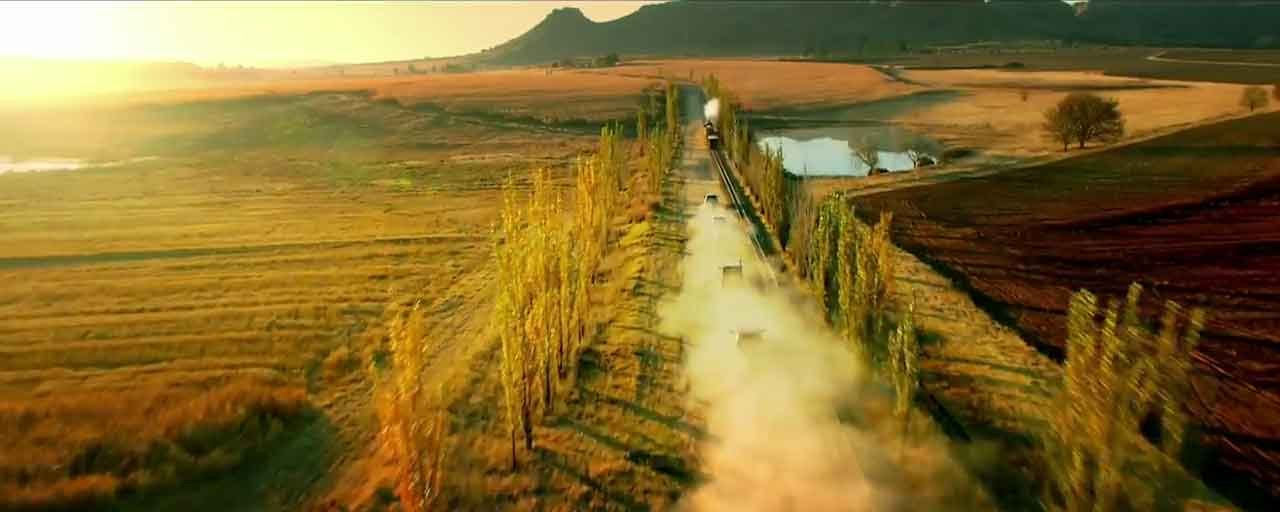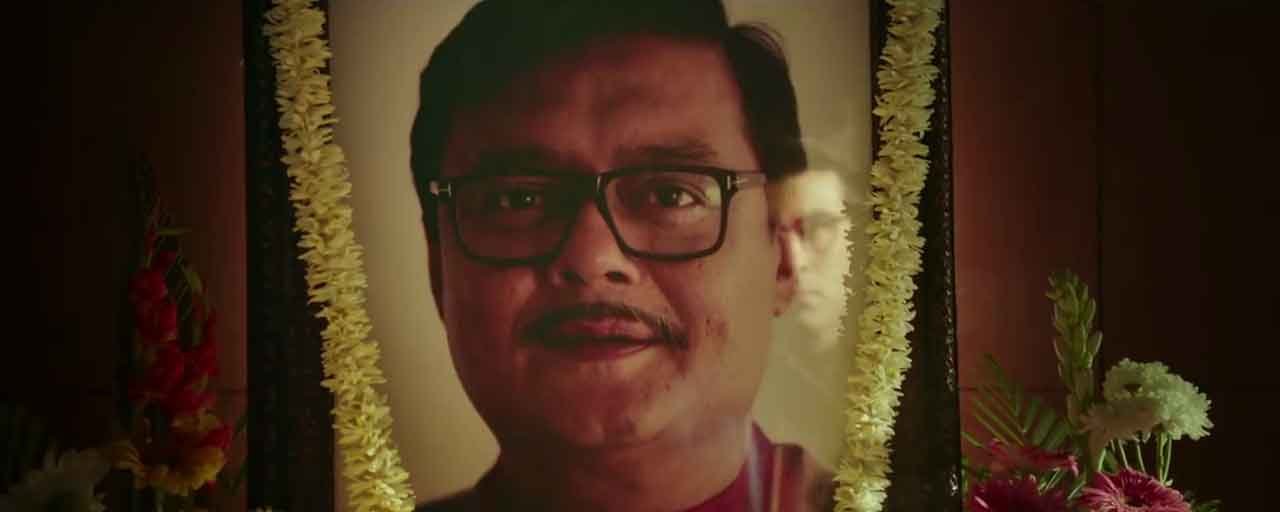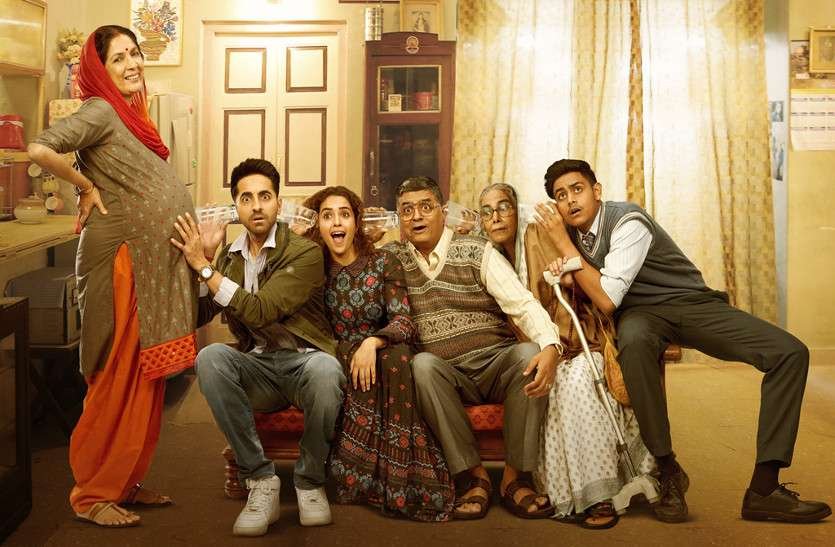Jagga Jasoos
Ratings:
![]()
Verdict: Why is It a Must Watch for Us?
Can you name an Indian musical? I mean, a musical, in the line of Disney’s theatrical musicals. Yes, Tagore did write some wonderful Bengali stage productions, and they are still produced across (the Eastern) India (and occasionally abroad) with literary gusto and nostalgic panache. But on the silver screen, have you watched a “musical” fully equipped and executed with the nuance and technicalities of the pop gravitas of a musical theatrical production? That is why you need to watch this genre-setting film by Basu. Anurag Basu is in pursuit of perfection and his musical is visually stunning and Tintinesque adventure comedy about a boy who is out in search of his father. With never-seen-before stage crafts/production design and Pritam’s melodious score, this film is the best family musical that our country has seen. By watching this movie you will be counted as those who got to experience the first Indian musical unfolding on the silver screen. It is not an adventure musical, it is an experience.
Ranbir Kapoor says, “I can’t sing, it’s my disadvantage as an actor.”
Apart from the myriad of Indian films with noteworthy music released in the 1960s and specifically in the 1990s, 1932 had seen the release of a movie called Indra Sabha which holds the record of having seventy one songs in it. Comparing Jagga Jasoos with Indra Sabha is like saying, “Disney’s Lion King is a comedy film with many songs in it.” Jagga Jasoos does not have “many songs in it”, it is a wholly different genre, a musical, a genre which is proved as an “acquired high-culture taste”. It is, like, watching a pop opera, not “a film with songs” in it. Audience and critics have been going at this Anurag Basu-magnum opus wrong.
Audience watches the film and desperately scrambles for moments of humour. Reviewers find the film “a visually stunning but unmysterious adventure comedy” failing to grasp the gravitas of a musical. The dialogues are written in rhymed lines: should not that tip off the reviewers about what they are watching? India will not understand the film because India has never seen a Hindi musical before executed with this giddying perfection. Already Basu had to introduce a stuttering boy who “has to sing out what he wants to say” in a desperate attempt to “contextualize his musical script”. There can be no doubt that this is a sorry and regrettable endeavour to appropriate a musical “to the uninitiated Indian audience”. This could not, even if it wanted to, turn out to be a Disney’s Emma Watson-starrer musical, Beauty and the Beast or Russel Crowe and Hugh Jackman starrer Les Miserables.
Rajat and Parijat Poddar and the Production Design
The Poddars are in Jagga Jassos again with their visionary filmmaker, Anurag Basu, helping the helm man find perfection. They were in Life in a Metro, in Barfi, in Gunday and also in Aashiqui 2 to name a few. Jagga Jasoos turns out to be a mesmerizing visual experience with respect to the art direction. They have captured the stage craft from Disney musical theatrical production and has made us an opening hospital, a stage where everything is coming together and leading everywhere, the watch tower in the lush green hilly Northeast, the wooden houses with creaking floors, the caves and of course, their best, the gothic watch tower. The light and the darkness of a Disney musical have found a commendable expression in their stage crafts. Almost flawless is their fairy-tale studio setting in which Tutti Futti (Saswata Chatterjee) learns the wide-eyed and bespectacled little Jagga how to sing his lines to fight his stutter.
Censor Board chief Nihalani said, “Let the film release. The world will see why we think it is necessary for children to be accompanied by an adult.”
The Indian Censor Board gave the Anurag Basu-musical a U/A certificate. It was right in a way. (The Censor Board should have also made it a must for the parents to read Alex Maidy’s article “Top 10 Disney Musicals of All Times” to understand that they are in it for a “musical not merely a comedy adventure” movie. Sarcasm intended.) Censor Board has seen between the narrative plots of the film and has found that the film is only out and out a family movie but it is informed by a number of political upheavals from the 1960s Bengal and Netaji’s INA to murderous espionage. Biplab Bagchi is under the façade of a children-friendly Tutti Futti but he entails a number of social and political plots all around the world concerning megalomaniac warmongering corporations and marginal political aggression. It is not just a family movie. Anurag Basu wants the children to be aware of the surroundings. If Tintin trotted all around the globe to tackle with gruesome mafia gangs in Chicago to the Picaro resistance forces, Jagga too subscribes to the narrative of political ups and downs brewing all across the globe.
It Smacks of Indianness: the Autobiographical Elements in the Screenplay
Calling Jagga Jasoos a Tintinesque-adventure film is only to compartmentalize the musical. Jagga may have a hair-style that is a nod to Tintin but other than that Georges Remi’s Belgian journalist is only present in the musical to inform the readers about the message of “always fight the evils around you.” Jagga is unknowingly drawn to the line of fire of most of the espionage, arms trafficking and marginal political rivalries of the hilly states of India. Jagga does not choose to be in the strife like Tintin. He is not Tintin, rather Jagga is Anurag Basu in search of his father. Basu said to Priya Gupta of The Times of India, “I blame myself for my father’s death.” The musical becomes an imaginary link to relive his days growing up; Basu is constructing his fleeted childhood and his lost teenage innocence in the musical.
Anurag Basu had to make the script Indian. This is Disney musical but it had to have Indian grains. That is when he started to draw elements from his own life, his hometown and his Bengali background. He said more, “I am from a traditional middle-class, culturally inclined Bengali family from Bhilai. My mom and dad were amateur theatre artistes, due to which my childhood was spent in green rooms. In Bhilai, the only way to a future was to study engineering. I got admission in Jabalpur engineering college but did not join and instead came to Mumbai with the dream of being a part of the entertainment industry.”
The Bengaliness is evident in the hilly Bengal, in the whims and caprice of the bumbling Shruti and Biplab, in the name/investigative journalism/professorial character of Biplab Bagchi, in the reference to detectives (Tintin and Feluda adventures, love of the Bengali children for decades). With Purulia Arms Drop and the reference to Netaji’s INA, Anurag Basu has driven home the marginal voices of resistance. His Bengali childhood and his teenage years in rugged Bhilai too inform the plot of the musical. This musical was a successful turnpike from his chequered films such as Kites, Life in a Metro, Murder, the experience of surviving cancer and rather closer to his Barfi.
The character of Katrina Kaif reminds one of Basu’s identification with his mother. The amateur theatre is dealt with utmost care across the musical. It all begins from the love of comics (Tintin’s Franco-Belgian Ligne Claire-style comic books), and Shruti (Katrina Kaif) preparing for a musical theatrical production on Jagga for the children, who is a teenage detective (read Feluda-reference). The stage leads to a number of the real-world counterparts in Jagga and Shruti’s lives and their adventures.
How the amateur stage for the children plays a fountainhead for the whole narrative of the musical is indeed a treat to consume. It is a token of commendable editing, it is badge of wonderful production design, an emblem of picturesque framing, an unforgettable expression of Ranbir Kapoor’s sincere efforts in acting, a mark of Pritam’s musical genius, a recognition of how Indian films can become more and more innovative, and the musical itself also is a beginning of a new genre in Hindi film industry.
